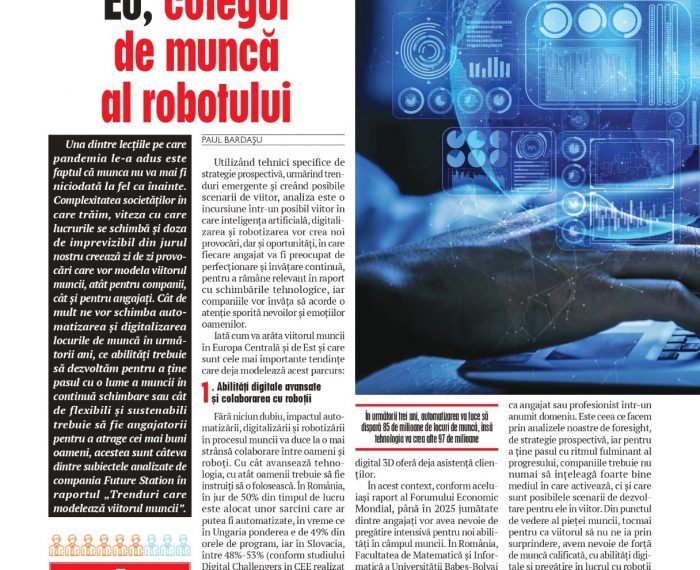Source: brandminds.ro
In this article:
- What is Scenario Planning?
- How to choose between Future-Driven Scenario and Decision-Driven Scenario
- The 4 Levels of Uncertainty
- Scenario Planning DIY Guide
- Conclusion
How can organizations facing uncertainties decide on their response?
Underestimating uncertainty can lead to strategies that neither defend against the threats nor take advantage of the opportunities. Just think of the famous underestimation made in 1943 by Thomas Watson, Chairman of IBM:
“I think there is a world market for maybe 5 computers”.
There is probably not one single approach that makes the challenges of leading in uncertainty go away.
What follows in this article is a model to use when assessing uncertainty and an overview of Scenario Planning as a possible tool for better decision making.
What is Scenario Planning?
While there have always been different views on the value and applicability of scenarios in business, I believe, these days, the business world needs more than ever to think in scenarios.

Source: Diana Stafie
The concept of Scenario Planning emerged after World War II as an approach for military planning.
Starting with the 60s, Scenarios Planning also permeated the business world as it helped leaders working with complex concepts and uncertainties to create coherent and plausible stories about the future they could work with when planning their strategies.
Scenario Planning is one of the tools we use in our Foresight practice (read here for more details).
What we love about it is that it helps people live better with uncertainty. At its core, a scenario is a story, a view of how the future might unfold. And that triggers imagination and reflection by challenging current assumptions and known truths.
When we talk about scenario planning, we can distinguish between the following two approaches: future-driven scenarios and decision-driven scenarios.
Foresight expert Diana Stafie on Scenario Planning: Scenario Planning helps business people live better with uncertainty.CLICK TO TWEET
Future-Driven Scenarios
Future-driven scenarios help teams think beyond the known by questioning their assumptions and beliefs about the future.
Think of them as Exploratory scenarios: it helps organizations explore the new trends and signals of change, creating new strategic options, inspiring learning and conversations about possible futures.
This is typically an exercise we do with our clients as part of their strategy building exercises or when they are seeking future business opportunities.
It is also a very good tool to change mindsets and build openness to change.
Decision-Driven Scenarios
Decision-driven scenarios are used in choosing a certain strategic approach when faced with incomplete or uncertain information about the future:
Shall we build new capacity when we are not sure about the market demand?
Shall we enter this new market, launch this new product?
In these cases, scenarios may help determine the benefits and risks of the specific decision in various circumstances.
Most of our work in foresight deals with future-driven scenarios. However, as many leaders these days need to make important decisions regarding their business activity, we will focus on describing decision driven scenarios.
4 Levels of Uncertainty in Decision-Driven Scenarios
When building scenarios for decision making, Professor Hugh Courtney, author of the book 20/20 Foresight: Crafting Strategy in an Uncertain World – suggests tailoring the approach by assessing the level of uncertainty you are dealing with.
He identified four levels of uncertainty an organization could face:
Level 1 – The future is almost clear
Level 1 is when uncertainties are present, but their possible outcomes are narrow so it is relatively easy to choose a strategic answer.
For example, the variation of the rate of return in mature markets, or the reaction of customers to new strategies of well-known brands. In this case, you could simply model the impact of the uncertainty through a simulation and use traditional strategic tools (e.g. market research, Porter 5F,..)
Level 2 – There can be alternative futures
Level 2 is when uncertainties are limited to a few possible outcomes, such as the introduction of new regulations, or coming elections with different agendas on the table.
Such uncertainties may lead to divergent futures. In this case, we need to define in detail the possible outcomes for each situation and specify the implications for the strategic decisions we have in front of us.
What is important is to have different strategic options prepared for each scenario, with various risk returns.
Start by asking relevant What if questions: What if …happens, what shall we do?
For example:
What if a global pandemic blocks all interaction between people and business?

